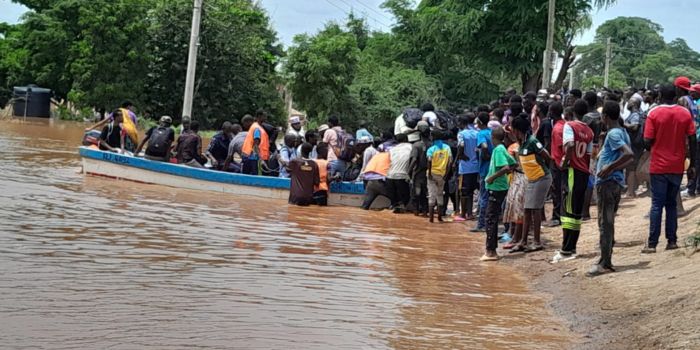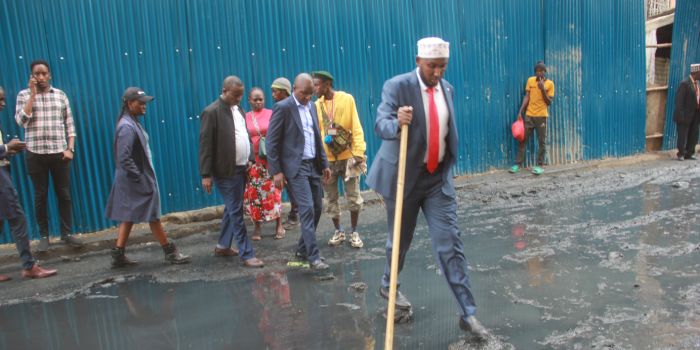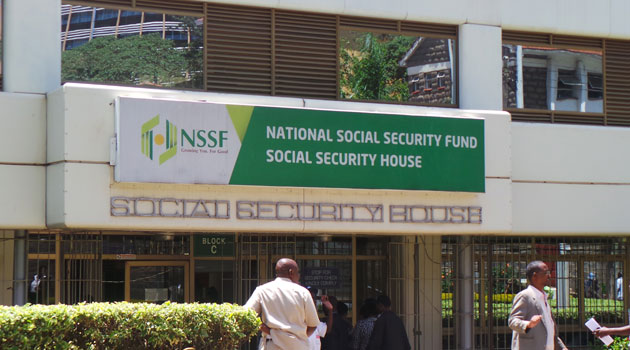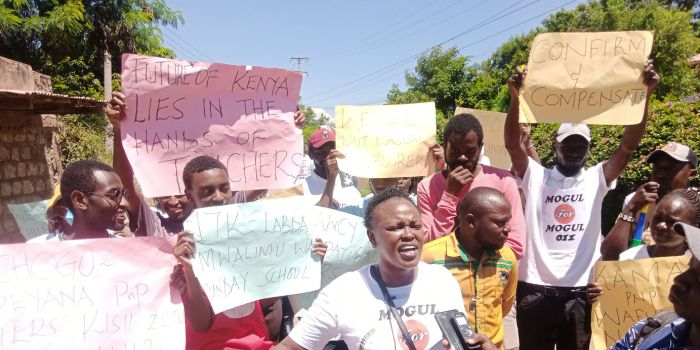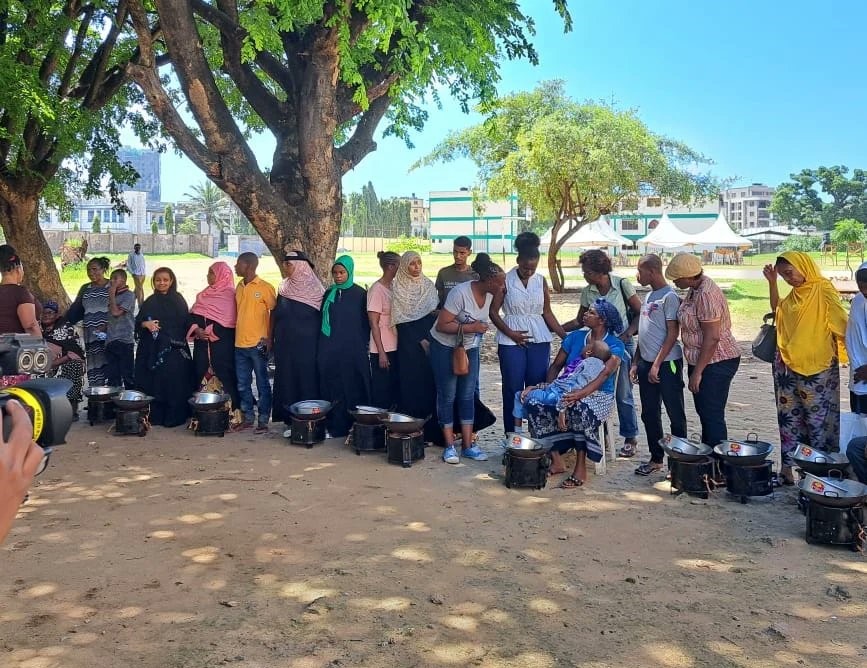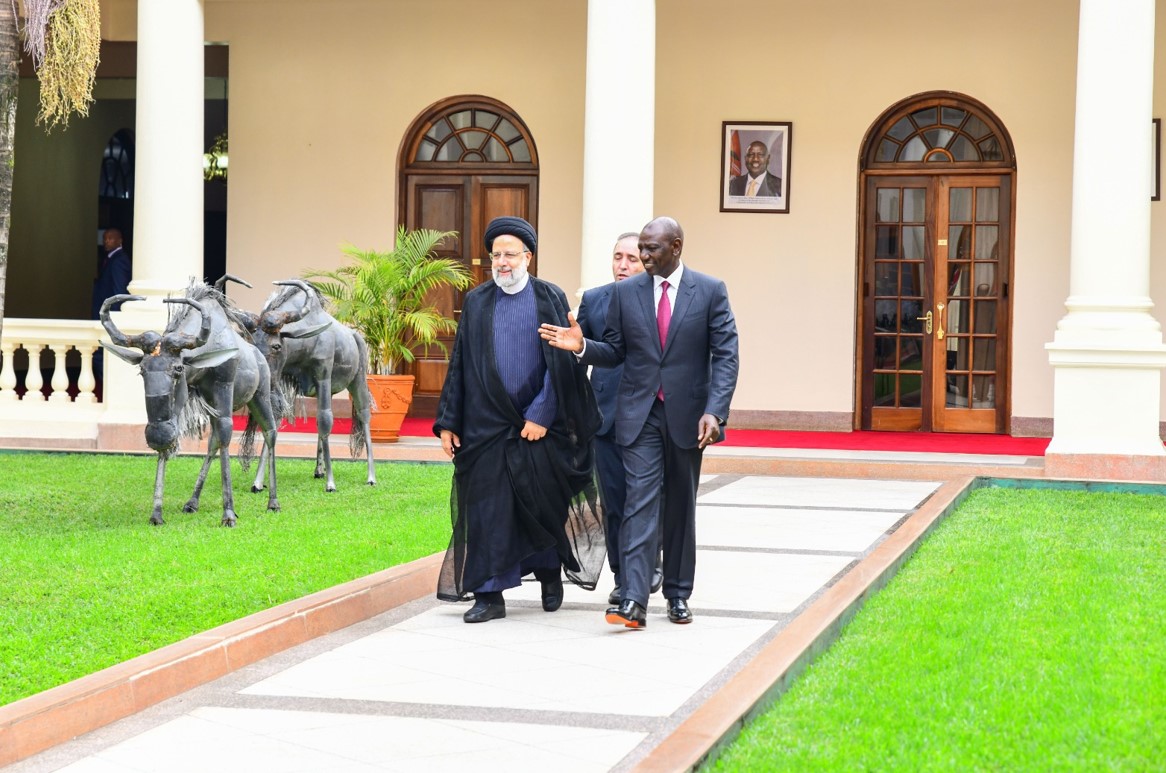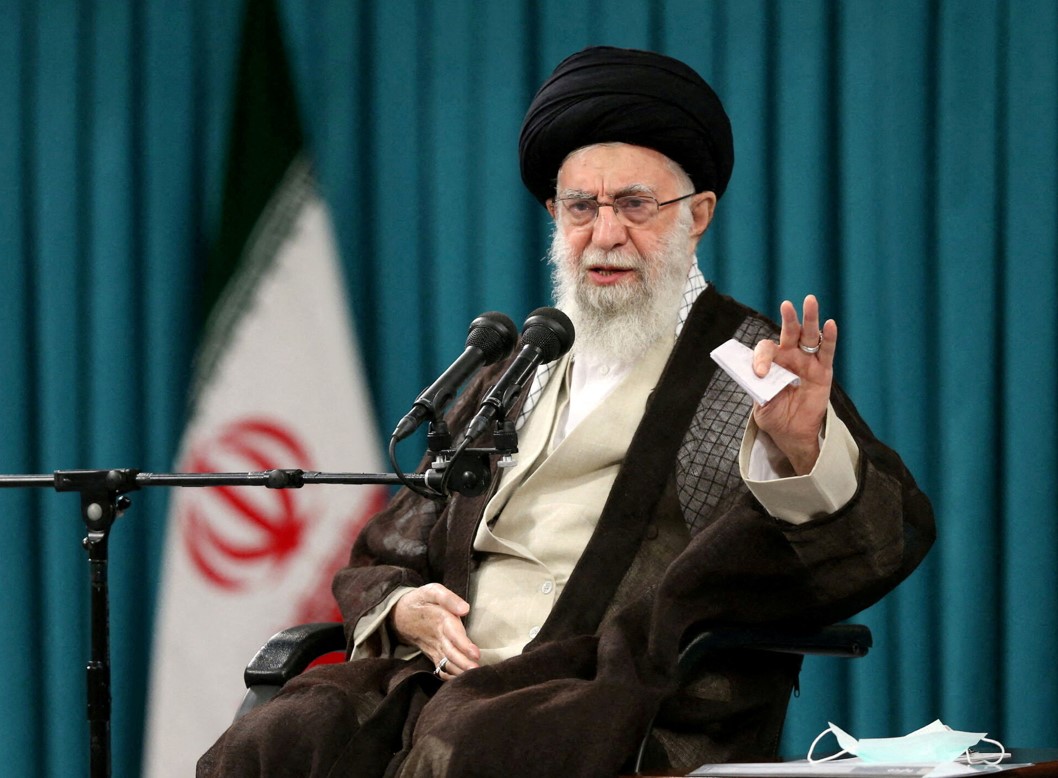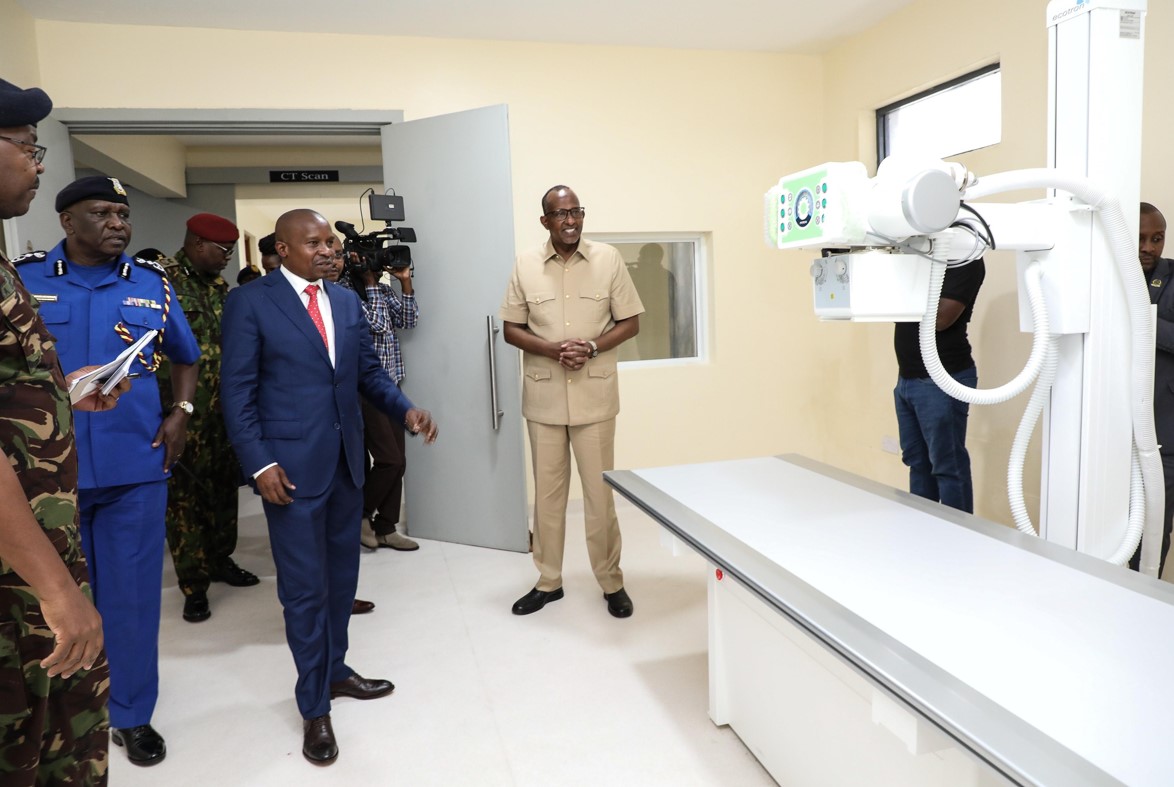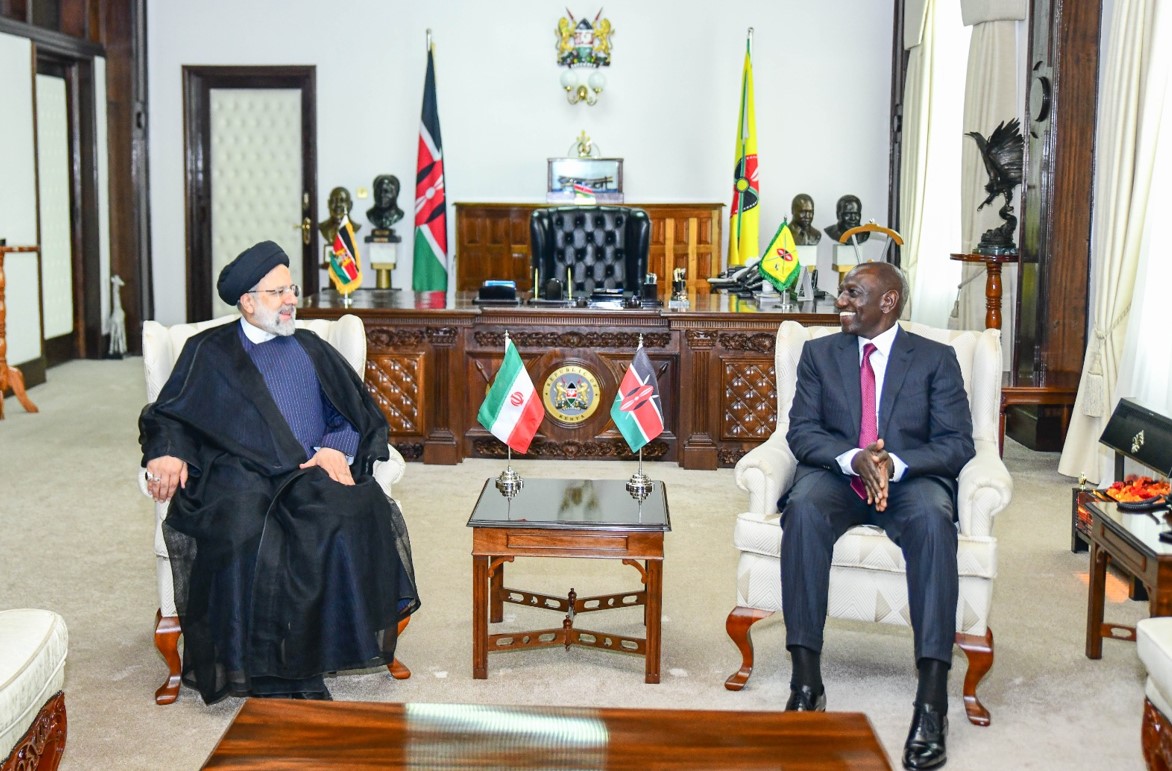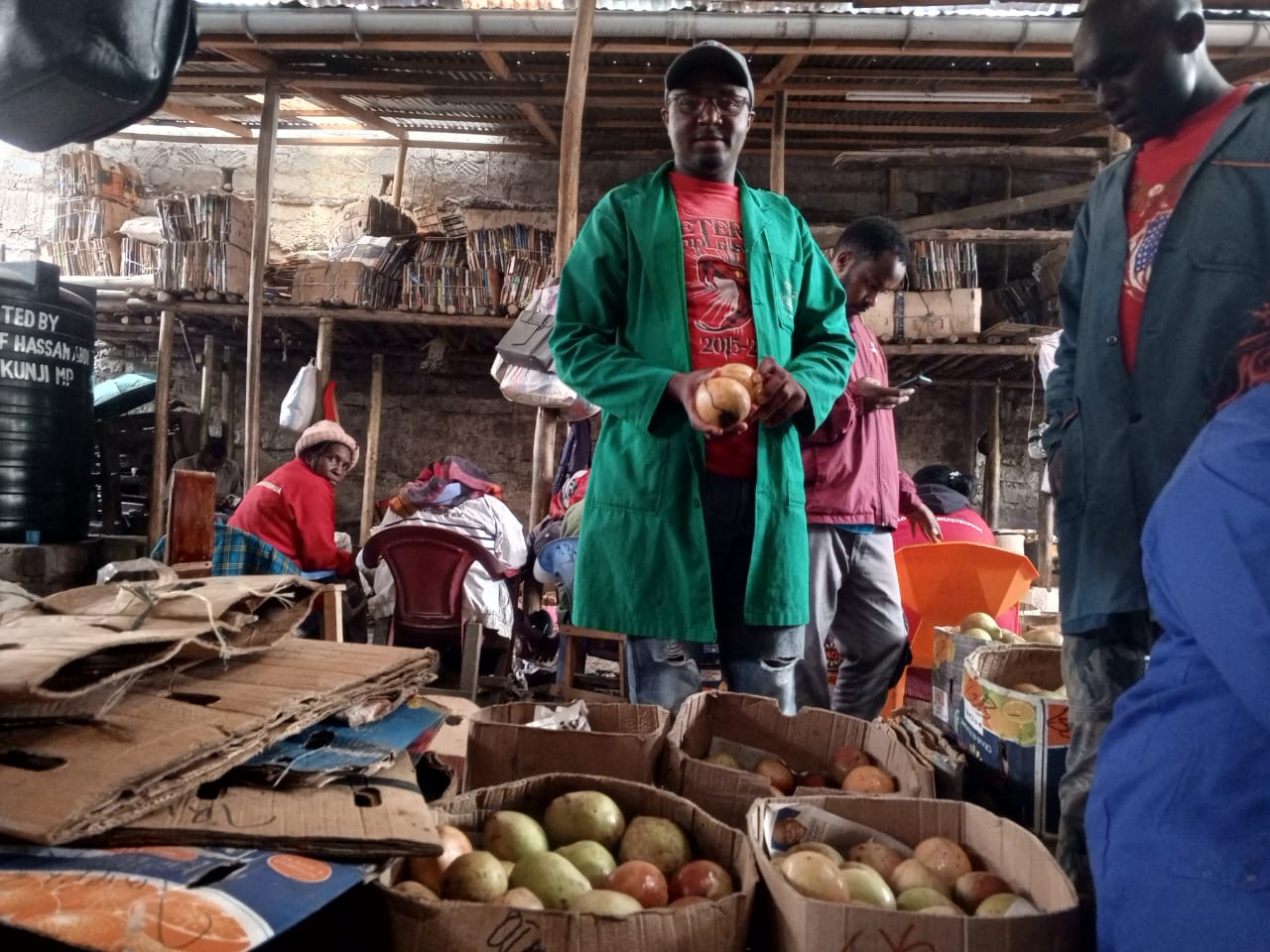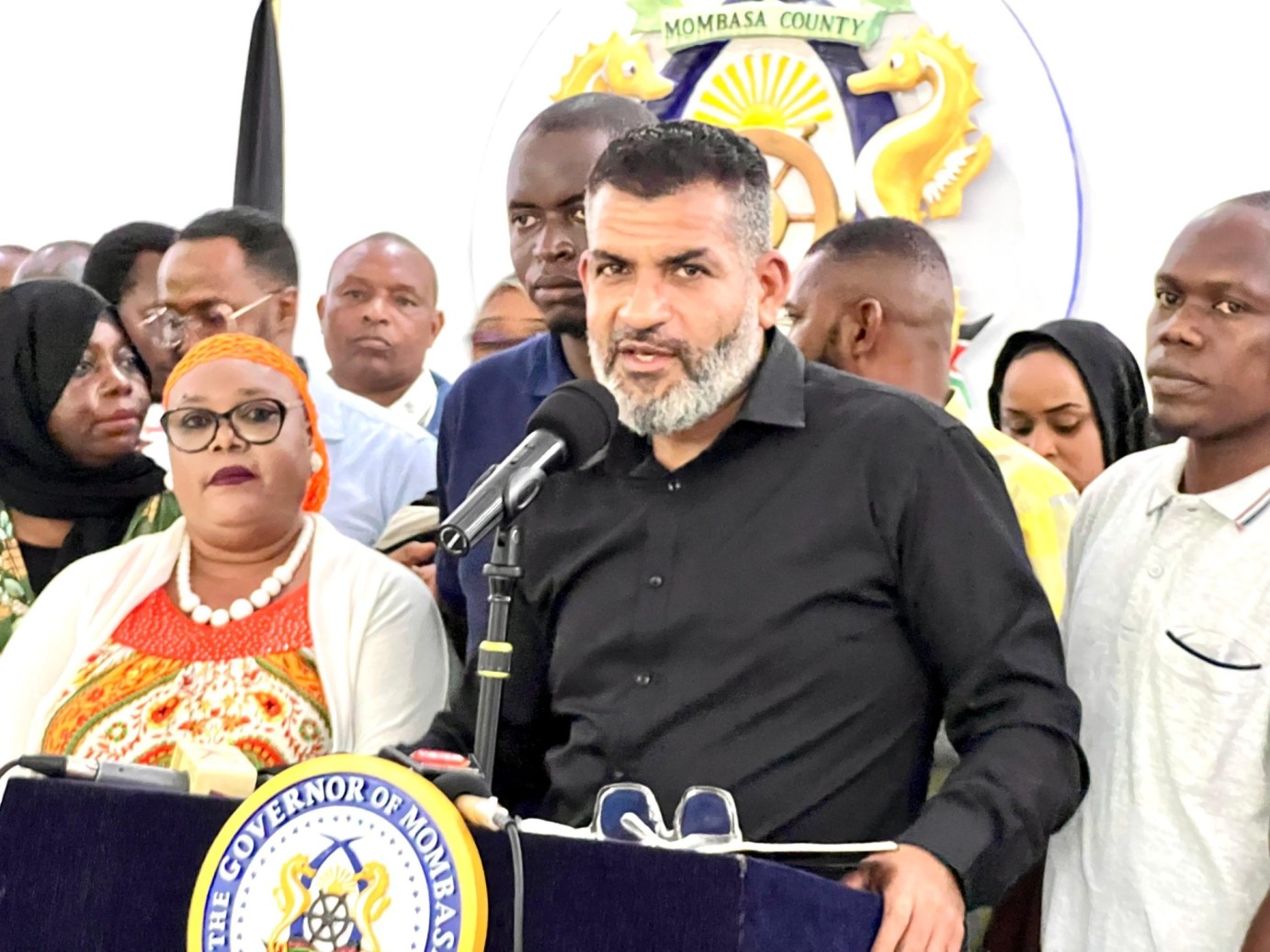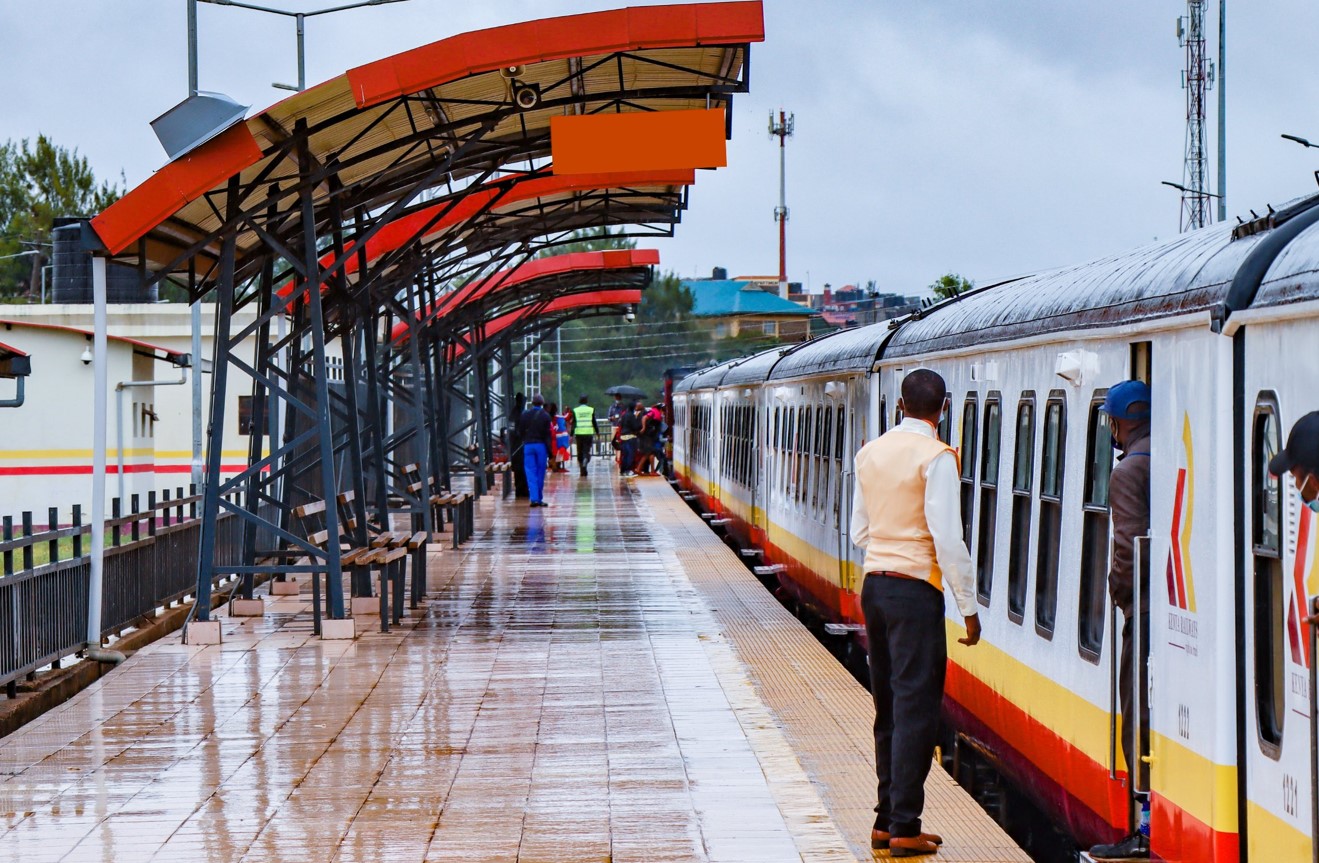Sudanese army successfully lifts siege on Corps of Engineers in Omdurman
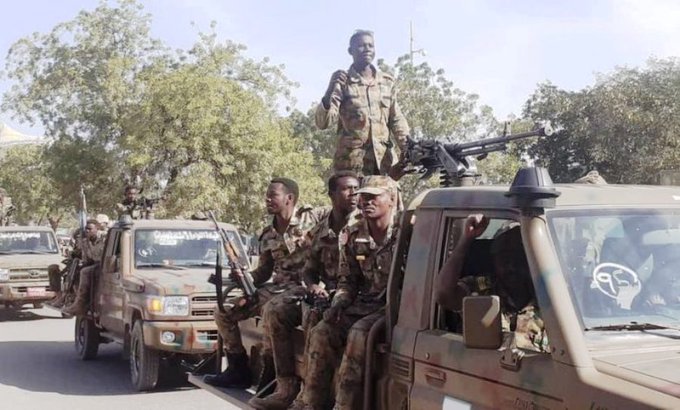
By Amina Wako |
The conflict, now in its tenth month, has seen dynamic changes, with the SAF on the verge of breaking the RSF siege on the Engineers Corps in Omdurman.
The Sudanese army announced on Friday that its forces had successfully broken the siege of the Corps of Engineers in southern Omdurman, marking a crucial development in the ongoing conflict with the Rapid Support Forces (RSF) that erupted in April 2023.
After intense battles over the past two weeks, army forces stationed north of Omdurman managed to breach the RSF siege, linking up with troops inside the Corps of Engineers. In a telegram, Chief of Staff Lieutenant General Mohamed Osman Al-Hussein celebrated the victory, calling it an "important victory" and a "difficult stage to overcome."
Keep reading
"I extend my congratulations and blessings to the Member of the Transitional Sovereignty Council, Assistant to the General Commander of the Armed Forces, and all the brothers overseeing this matter for this victory and the accomplishment of the difficult first phase," Lieutenant General Al-Hussein stated.
He also prayed for the martyrs, hoped for a speedy recovery for the wounded, and hoped for the triumph's imminent completion.
Social media footage captured scenes of joyous celebrations in the Al-Thawra suburb as army forces converged.
However, pockets of RSF resistance persist in various Omdurman neighbourhoods, including the radio and TV broadcasting houses and the Ombada district in western Omdurman.
The events of Friday follow months of RSF attacks on key army installations, including the Corps of Engineers, the Armoury Corps, and the Wadi Seydna air base.
The three sites, having successfully repelled RSF, have now joined forces in a coordinated effort to reclaim control of Khartoum.
Videos released on Thursday depicted officers from the Armoury Corps inside the Corps of Engineers, providing visual confirmation of the coordinated push against the RSF.
The SAF has transitioned from a tactical defensive stance to an offensive one, making significant territorial gains against the Rapid Support Forces (RSF) in key regions.
The conflict, now in its tenth month, has seen dynamic changes, with the SAF on the verge of breaking the RSF siege on the Engineers Corps in Omdurman.
Following the fall of al-Jazirah in December 2023, self-defence militias armed themselves, prompting the SAF to shift from defence to offence.
The SAF's coordinated offensive against the RSF in Khartoum's tri-cities, particularly the Engineers Corps military base, indicates a potential turning point in the conflict.
The SAF's withdrawal from Wad Madani drew criticism, including accusations of collusion with the RSF. However, this setback fueled the formation of self-defence militias and a strategic shift in the SAF's approach.
In January, the SAF initiated offensives against the RSF on various fronts, reclaiming control over several territories.
Simultaneously, the SAF mounted an offensive against the RSF in Bahri, expanding control around bases and surrounding neighbourhoods.
The RSF forces in central Bahri face isolation as the SAF attempts to cut off their supply routes, with the Shambat bridge destroyed in November 2023.
In West Kordofan, Babanusa became a battleground as the RSF attempted to seize control.
The Misseriya tribe, historically tied to both the SAF and RSF, faced internal divisions. The SAF withdrawal in November, facilitated by the Misseriya native administration, led to tensions and clashes, with Misseriya leaders opposing the SAF's removal.
Mediation attempts failed, resulting in clashes that left at least 100 dead and displaced thousands.
In South Kordofan, factional and ethnic divisions intersect with the national war. The SPLM-North faction, led by Abdelaziz al-Hilu, turned to the SAF to repel an RSF attack on Dilling. Al-Hilu's faction seeks to protect its control areas from RSF advances.


